Latin American Modern Design at Americas Society
Moderno: Design for Living in Brazil, Mexico, and Venezuela, 1940-1978 - On View at Americas Society February 11 through May 16, 2015
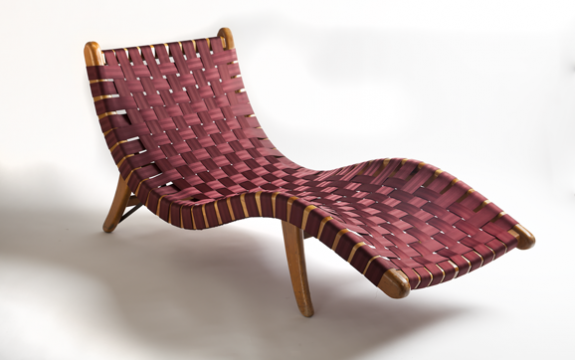
Latin American modern design in the mid-20th-century, one of the region’s most innovative chapters, is the focus of Moderno: Design for Living in Brazil, Mexico, and Venezuela, 1940-1978, on view at Americas Society February 11 to May 16, 2015 in New York City. Guest curated by Maria Cecilia Loschiavo dos Santos, Ana Elena Mallet, and Jorge Rivas Pérez and accompanied by a fully illustrated hardcover catalogue (Ed. Santillana) and a one-day-international symposium, the exhibition features for the first time a body of artwork that reflects the dialogue and the complexity in the creation of modern interiors in Latin America at a time of rapid modernization.
Looking into the tradition of craftsman design and documenting the transition from craftsmanship to industry, Moderno brings together around 80 pieces of one-of-a-kind and mass-produced household objects including furniture, ceramics, metalwork, textiles, and printed material, the majority of which has never been exhibited before. It provides a transversal reading of the domestic design landscape across countries and a window into the mind of designers creating living environments that were influential as well as influenced by international modern design.
"This exhibition shows that by the mid-20th century, Latin American designers were aware of the international developments in architecture and design but at the same time were creating living environments in accordance with the cultural customs of the individuals using them," says co-curator Jorge Rivas Pérez, a Venezuelan design historian and designer. "In a radical departure from post-colonial notions, designers in the region were producing a modern interior that was at the same time local and global."
Sheltered from the overall destruction of World War II, Brazil, Mexico, and Venezuela entered an expansive period of economic growth in the late 1940s and 1950s, which resulted in the modernization of the city and the extended application of international visual vocabularies. Although each country had unique social, political, and economic specificities, modernization was fervently embraced as a vehicle for progress, and design was endorsed as an agent for development. Under these conditions, change started at home, and the domestic environment became a laboratory for experimenting with modern ideas.
Moderno: Design for Living in Brazil, Mexico, and Venezuela, 1940-1978 features objects by designers Miguel Arroyo (1920-2004), Michael Van Beuren (1911-2004), Lina Bo Bardi (1914-1992), Geraldo de Barros (1923-1998), José Carlos Bornancini (1923-2008), José Zanine Caldas (1918-2001), Los Castillo (f. 1934), Gego (Gertrude Goldschmidt, 1912-1984), Cristina Merchán (1926-1987), Clara Porset (1932-1981), Nelson Ivan Petzold (b. 1931), Sergio Rodrigues (1927-2014), Cynthia Sargent (1922-2006), William Spratling (1900-1967), Don Shoemaker (1912-1990), Joaquim Tenreiro (1906-1992), Felix Tissot (1909-1989, Tecla Tofano (1927-1995), Pedro Ramirez Vásquez (1919-2013), María Luisa Zuloaga de Tovar (1902-1992), Seka Severin de Tudja (1923-2007), Cornelis Zitman (b. 1926), and Jorge Zalszupin (b. 1922).
Drawn from public and private collections, designers' archives, and family foundations, Moderno also explores the significant role of women in modern design in Latin America, and discusses developmental policies and political imperatives that impacted design and its mechanisms of distribution. "In post-revolutionary Mexico design was a state project, a way to incorporate the indigenous population into the system, either psychically or symbolically," says co-curator Ana Elena Mallet, Mexican independent writer and curator specialized in contemporary art and design. "The tension between traditional and contemporary design is present in Mexico’s design throughout the entire 20th century."
Moderno: Design for Living in Brazil, Mexico, and Venezuela, 1940-1978, is accompanied by an extensive illustrated catalogue which includes essays by the guest curators, Luis Castañeda, Lourdes Blanco Fombona, Gabriela Rangel, and Christina De León as well as unpublished documents and photographs on visual culture and design from Brazil, Mexico, and Venezuela from the 1940s to the 1960s.
A one-day international symposium organized by the department of Visual Arts at Americas Society in collaboration with the guest curators will be held on February 12, 2015, featuring prestigious scholars in the fields of design and architecture such as Zeuler Lima, Patricio del Real, and Luis Castañeda, and the contemporary artist Jill Magit. The symposium will examine modern Latin American design within a global context, debating the role of the domestic space as a place to project new aesthetic ideas that made visible the emergence of a professional class with democratic aspirations. A series of public programs, including guided tours and panel discussions will provide general audiences with a deeper insight on the topics explored in the exhibition. Bauhaus and Modern Mexico. Design by Van Beuren, a publication by Ana Elena Mallet (Arquine, Mexico City, 2014) with a contribution by Barry Bergdoll will be presented at the symposium. Brazilian Modern Furniture, a book by Maria Cecilia Loschiavo dos Santos (Olhares, São Paulo, 2015) will be also presented. Following its staging at Americas Society in New York City, the exhibition will travel to other venues in the United States and abroad, including the Blanton Museum in Austin, Texas.
GENERAL OPENING
Wednesday February 11, 2015 - 7:00 p.m.
ON VIEW
February 11 – May 16, 2015
Gallery hours:
Wednesday to Saturday
12:00 m. - 6:00 p.m.
Americas Society
680 Park Avenue at 68th Street
New York, NY 10065
View map
Free admission
For more information visit:
-
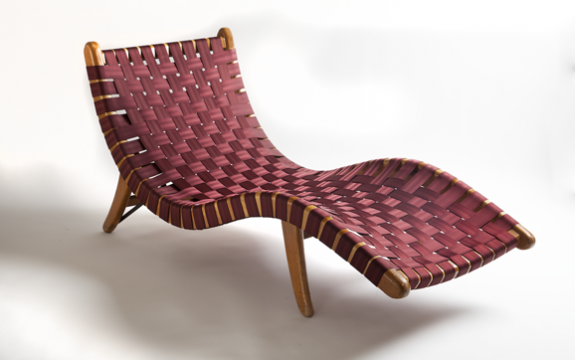 (American, worked in Mexico, 1911-2004), Klaus Grabe, and Morley Webb Alacrán chaise, ca. 1940 (Edition, 2012) Primavera wood and palm. Private collection.
(American, worked in Mexico, 1911-2004), Klaus Grabe, and Morley Webb Alacrán chaise, ca. 1940 (Edition, 2012) Primavera wood and palm. Private collection. -
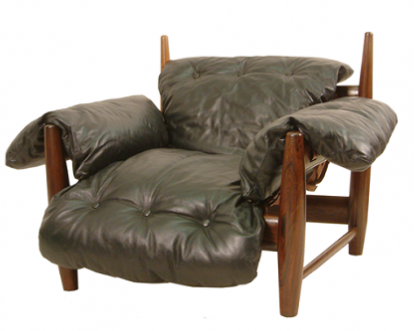 (Brazilian, b. 1927) Mole armchair, 1957 Wood and leather 32 ½ x 40 x 29 in. Collection: R & Company, New York
(Brazilian, b. 1927) Mole armchair, 1957 Wood and leather 32 ½ x 40 x 29 in. Collection: R & Company, New York -
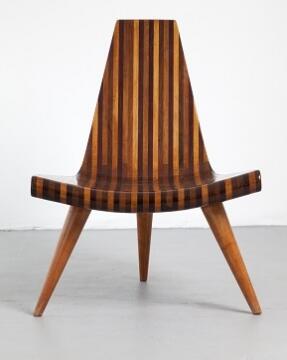 (Brazilian, 1906-92) Three-legged chair, ca. 1947 Wood 27.5 x 22 x 24 in. Collection: R & Company, New York
(Brazilian, 1906-92) Three-legged chair, ca. 1947 Wood 27.5 x 22 x 24 in. Collection: R & Company, New York -
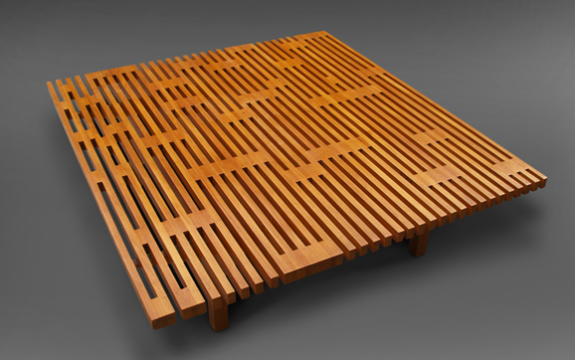 (Venezuelan, 1920-2004) Coffee table, 1956 Wood 13.8 x 47.1 x 44.5 in. Producer: Pedro Santana, Carpintería Colectiva Collection: Emilio Mendoza Guardia, Caracas
(Venezuelan, 1920-2004) Coffee table, 1956 Wood 13.8 x 47.1 x 44.5 in. Producer: Pedro Santana, Carpintería Colectiva Collection: Emilio Mendoza Guardia, Caracas




